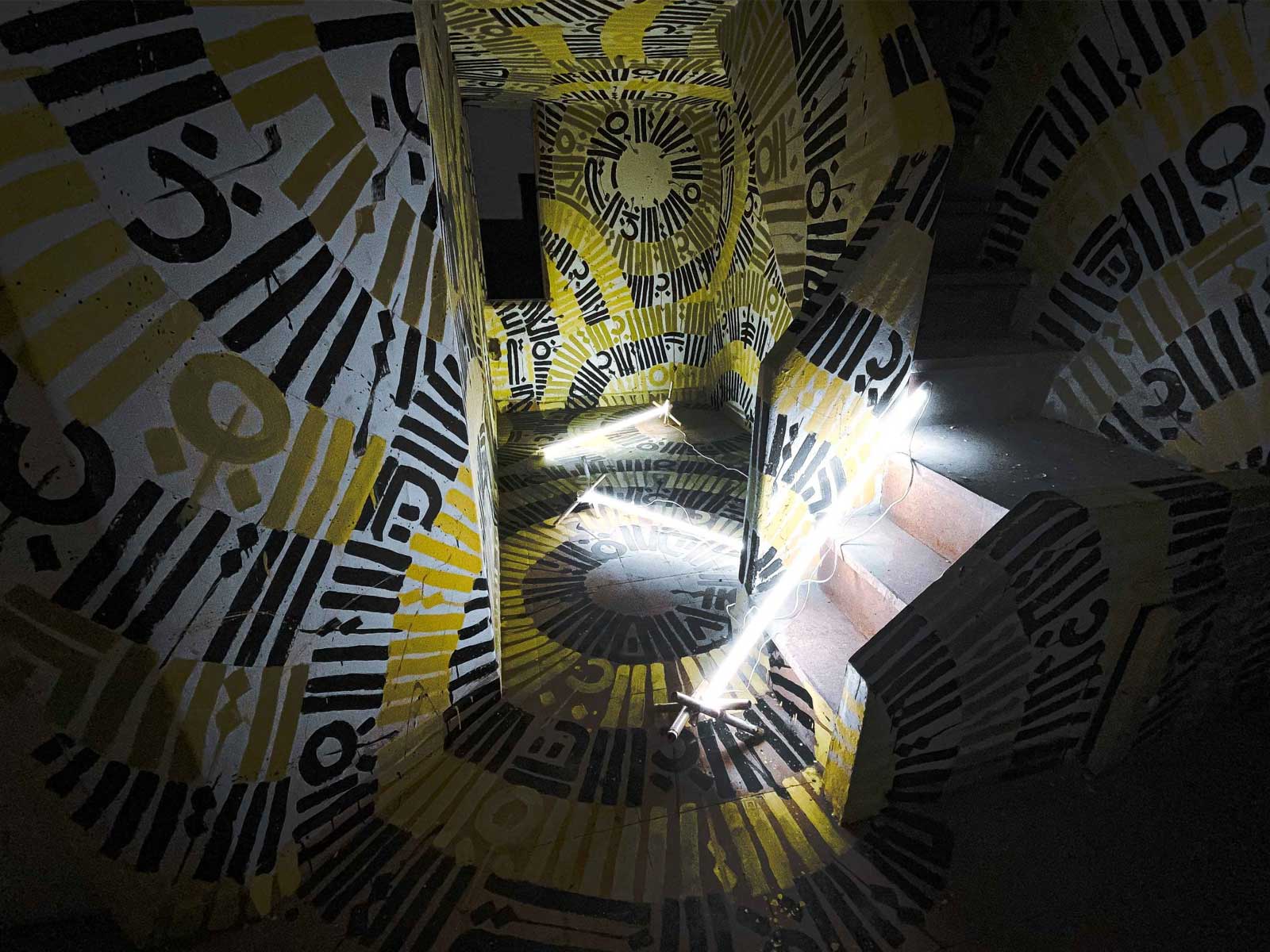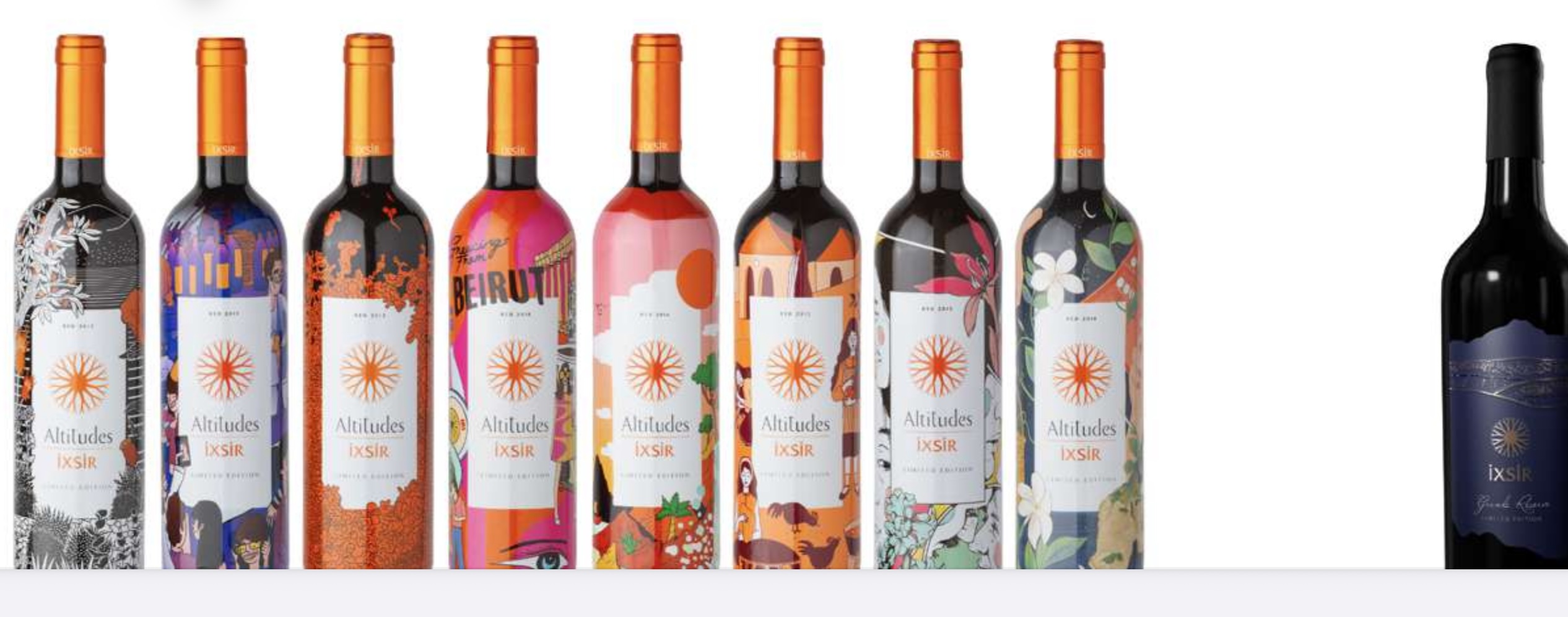Art & Design
The World through a Looking Glass: an Interview with Nasir Rauf
November 19, 2016
.jpg) Advertisement
Advertisement
How did you decide to become a photographer?
It all began in 2001 when I was working as art director on the Peshawar University’s first central academic prospectus. It’s the second largest university in Asia and has 52 departments. The images provided by the management were from an old library and did not suit my layout. As a result, I had to shoot everything all over again from students, lifestyle, campus, interior, exterior… Once the prospectus was published, the people of knew me started to consider me as one of the best photographers in town. That was the first time I thought about pursuing photography as a career, which I eventually did.
What was your career path?
I started my career as an art director and used my photography to help my creative process; later with time, I switched to photography and started working in the advertising industry as a photographer.
Did you go to school to study photography or are you self-taught?
I got my master’s degree from art college in advertising design as my major subject, while photography and painting were minors.
What does photography mean to you?
The word photography is capturing the reflections and portraying your imagination by playing with light, shade, and composition, which is an art. However, advertising photography requires a good knowledge about art, fashion, and post production to create a picture that clearly communicates the brief.
What’s the best part of being a photographer?
Beside it being a hobby that pays the bills, it elevates the concentration ability to another level. As a photographer, you notice your surrounding in extreme detail, which artists generally ignore. In other words, if my assignment is to shoot a bald-headed person, in the days leading to the shoot, all I will see around me is ‘The Bald People’.
What’s the hardest part of your job?
An unclear brief/ and the uncertainty of the client and/ or advertising agency.
Every assignment comes with its own brief. Mostly, the production part is the hardest, because it can be the location or the desired model or any prop that is not available in your region.
If not a photographer who you would have been?
Probably a chef.
How would you describe your style and how did you develop it?
As I mentioned earlier, I am an advertising photographer and my job is to create the image, which my client has imagined. Therefore, style is subject to the brief of the assignment. However, I love to play with light and I’m quite quick with my lighting set up as I always plan the final image a day before the shoot. My key strength is my lighting.
One of today’s main discussion points amongst photographers is about the use of digital photography; What is the influence of digital technology on your photography?
Back in 1998 I studied photography by using an analog Canon F1 camera, which I still have. The options were quite limited at that time. At the time, for a student to buy a film of 36 frames and developing it meant cost a lot. Secondly, the dark room didn’t give the margin of correction as Photoshop provides today. Therefore, each click means a perfect time, perfect light and a perfect environment, expression, posture etc. So, unless I am certain it is a clear shot, I will not take it.
The most beautiful part was the curiosity of seeing the pictures you took. You had to wait until you had finished the whole film to develop the pictures.
Today, digital cameras have provided the liberty of shooting numerous pictures. You can see an instant preview and can correct many elements in the picture at will with plenty of liberty and experimentation. However, and at the same time, digital has increased expectation to another level. Today, clients demand things that are not possible without Photoshop such as retouching one aspect of a picture or another, which has become a must. New tools, accessories, and software are continuously being introduced. This in turn is rapidly bring on change and something new to the world. In other words, I believe digital cameras have made the job more competitive and challenging.
What kind of mode do you go into when photographing a concept or idea you are passionate about?
Like an actor takes on the role of his character to give his best performance, I go into the mode where I see, hear, and feel what my mind needs me to.
What inspires you?
My teacher, Tayeba Ahmad and Saleem Khattak. As artists, their work, guidance and support helped me a lot, as did my family and my best friend Yahya Khan Sadozai who gave me the passion to become what I am today.
What is the favourite image you have shot recently?
I shot the 1st runner-up for Miss Europe 2016 Francessca Pepe.
It was an unplanned shoot due to the limited time of her short stay in Dubai. I wanted to play with light and shade. Because the shoot started at one in the morning, there was no time for a wardrobe change. So, I decided to filter the light in such a way that it struck her face, while keeping the remaining part of the picture dark. I then made a cut-out from a foam board, which allowed me to manipulate the shape of the light and the way it would strike.

What makes a good picture stand out from the average?
In general, the subject grabs the attention of the viewer with the right light, good composition, coupled by principles of art and elements of design.
Exactly what it is that you want to say with your photographs and how do you actually get your photos to do that?
If I am on a test shoot, I always try to prove that digital photography is enough when it’s achieved through the camera without using any post production/ enhancement software. I don’t pick up my camera until the image, props, set up, and lighting are clear in my head. In other words, I have a virtual studio in my brain where I often go and practice my photography for each assignment whether it’s a commercial one or just for the sake of practice.
What has been your most memorable assignment?
I got an assignment for a jewelry brand with a limited budget out of which we created six sets. I then came up with an idea of using the background as a scenic image and the foreground as the extension of the same background. Everybody loved the outcome and I am still extremely proud of it.
Do you see yourself as a photographer many years down the road?
I believe passion can make you fly as high as you want and I see myself among the top ten world photographers.
What advice do you have for photographers just starting out?
Visual study and practice. Do not copy, create your own because dedication is always promising.


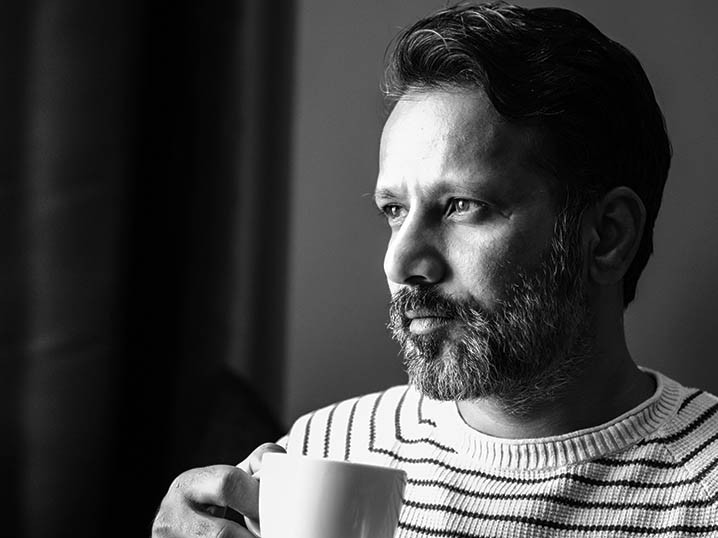
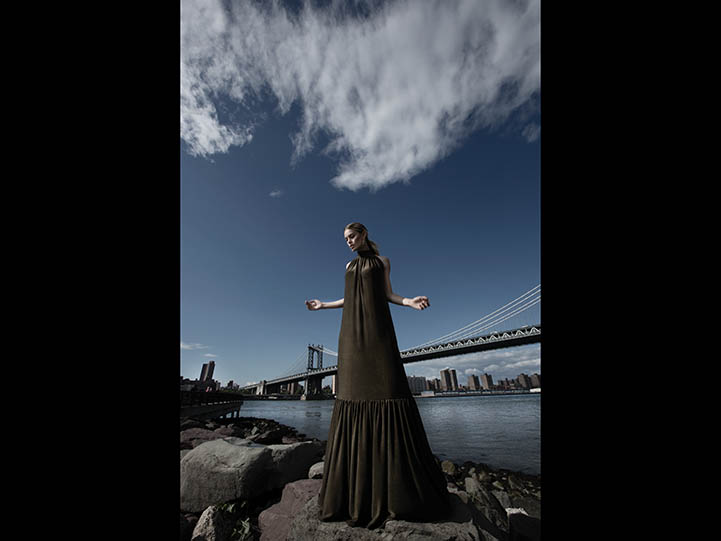


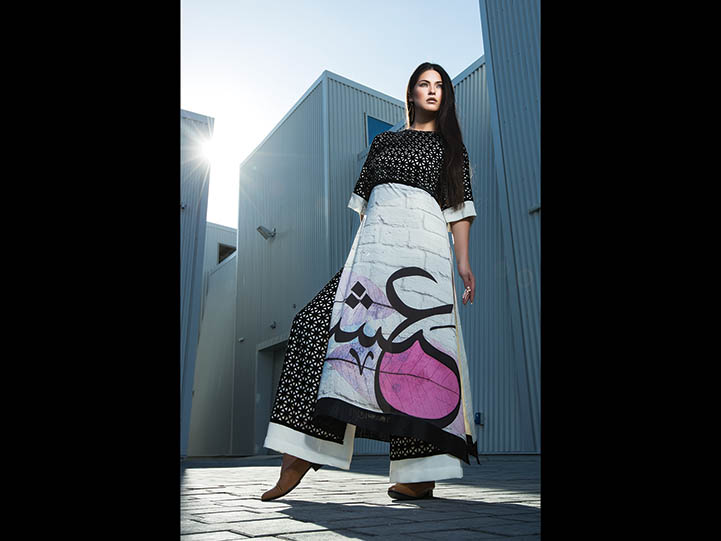
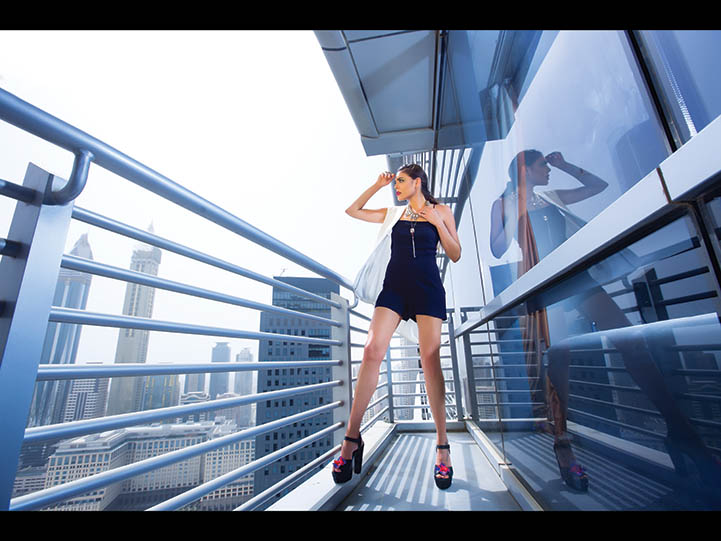
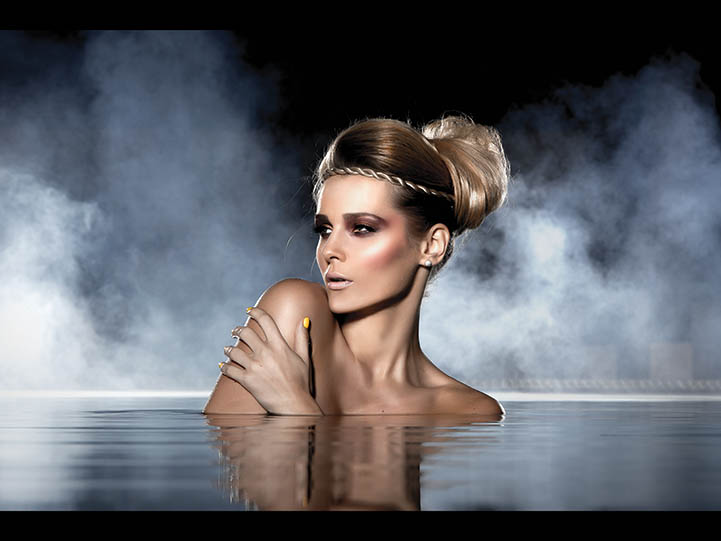

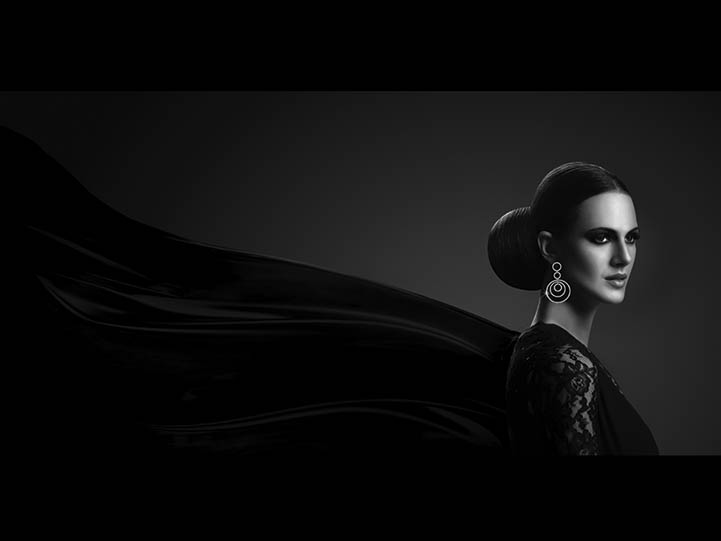


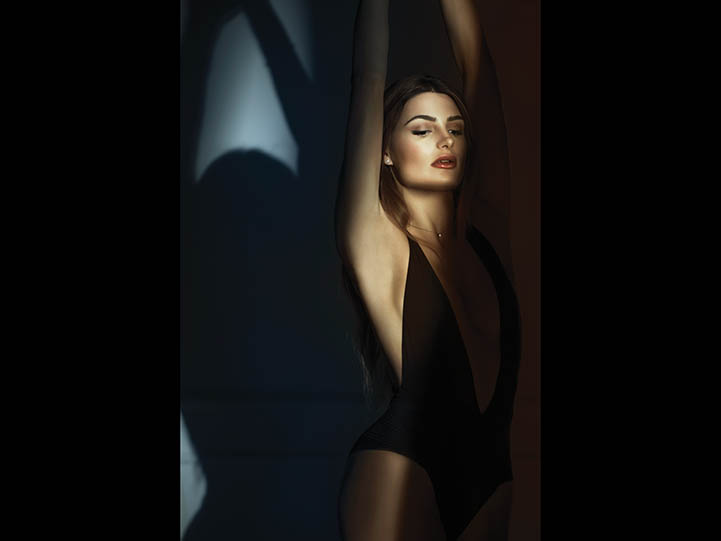

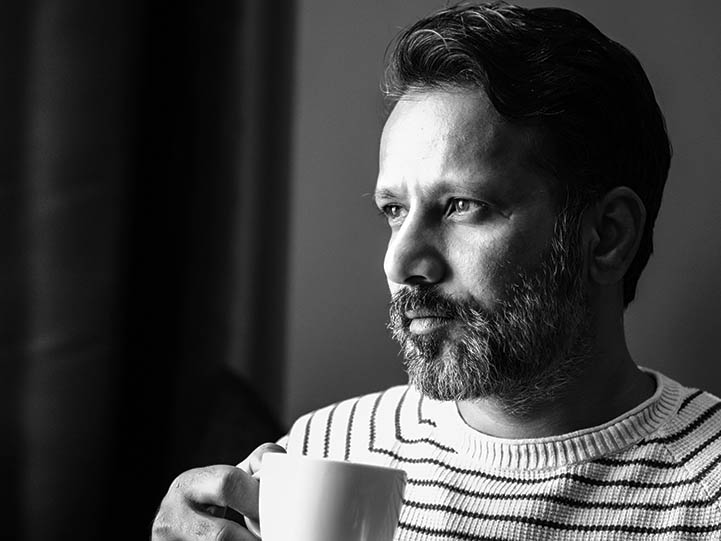
.jpg)
